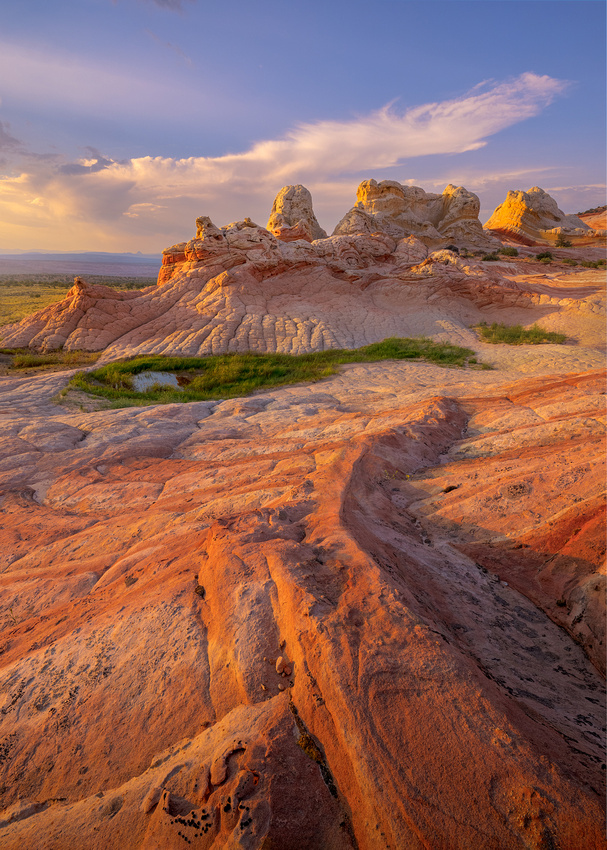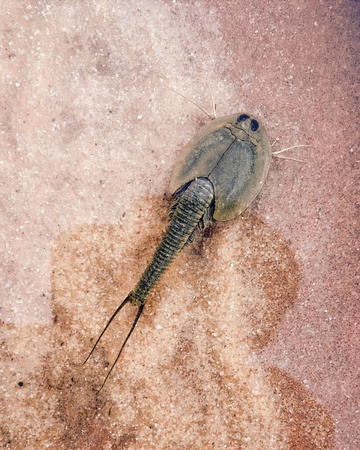"Life, uh, finds a way."


Dr. Ian Malcolm (actor Jeff Goldblum) in the 1993 science fiction film Jurassic Park.
Freshwater crabs in the desert? That’s about as likely as seeing a cactus grove at the Morton Arboretum in Lisle, Illinois.
Or is it?
The American southwest is full of surprises. In this case, the surprise was in the 280,000-acre Vermillion Cliffs National Monument.
The Monument bumps up against the Utah/Arizona border. Kaibab National Forest lies to the west and Glen Canyon National Recreation Area is to the east.
It’s remote and unspoiled, containing some of the most spectacular desert trails and views in the world. The area is hot with temperatures up to 140 degrees, and dry with only 4.7 inches of rain a year.
My favorite patch of Monument sandstone is the 100 by 800-yard psychedelic display at White Pocket. People come from all over the world to see and photograph the colorful swirls of cross-bedded sandstone.
Like most of the Monument, it’s not overrun by visitors. The sandy roads to reach it are treacherous, requiring high clearance 4WD vehicles.
Crabs in the desert?!?
After heavy rains, tiny creatures that look like small mini-horseshoe crabs with three eyes can appear in pools of water. They are a couple of inches long.


Photo by Jon Christofersen
The ancestors of these armored, tiny crustaceans evolved 419 million to 359 million years ago. They’re widely considered to be among the most ancient species on the planet.
Crabs need water, so how can they live in a desert?
Eons ago, the area was filled with lakes and waterways supporting aquatic life. Nearly all that life died off when the area transformed into a desert.
But it turns these crab eggs are incredibly tough, tolerating decades of dry, hot weather. Tim Graham, a biologist with the U.S. Geological Survey, stated: “Eggs of tadpole shrimp or fairy shrimp have been kept for 50 years in the lab, and were still viable.”
Heavy monsoon rains fill sandstone depressions with water. With enough rain, the temporary pools can last weeks before evaporating.
Young shrimp hatch in those watery potholes and “go to work.” In just a few weeks, they gorge, mature, mate, and lay another lot of eggs before their temporary homes dry up. Life finds a way.
The Shot
Jon Christofersen and I were in White Pocket in August of 2021. Our objective was night Milky Way photography, but the place is too beautiful not to shoot during sunset.
We hiked in from the parking area in the 100-plus degree temperature and scouted. I found this finger of rock that seemed to lead my eye to the formations in the distance. The green was an eye-catcher, as was the pool of water holding frolicking crabs.
Settling in to enjoy the scene, I waited until just before the sun set to take this image.
Thanks for looking,
Chuck Derus